Tillandsia trelawniensis
Click thumbnails for full size, scaled to a new window.
Tillandsia trelawniensis
Note: There is a plant in Australia initially sold as aff. rangelensis, more recently it has been noted it is closer to trelawniensis. See notes below.
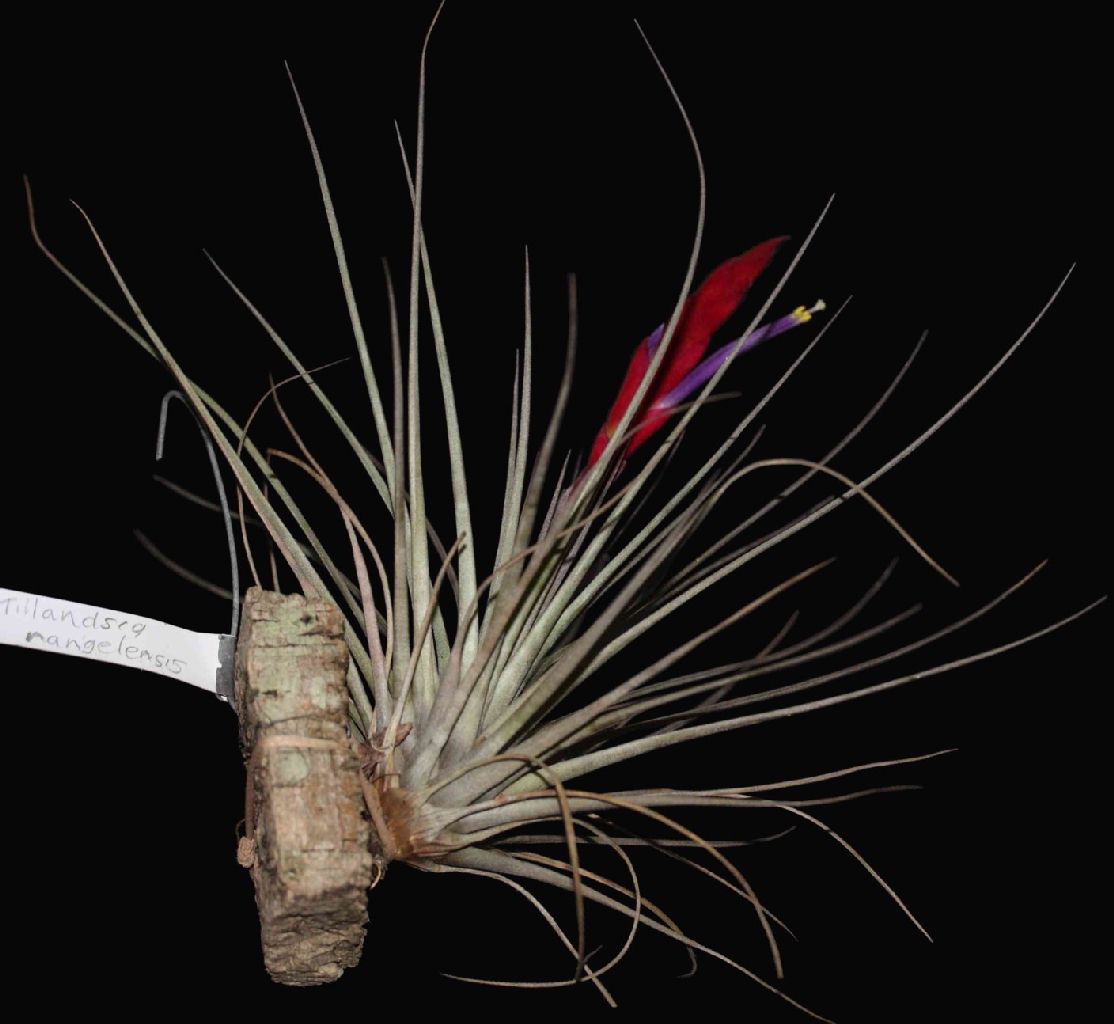
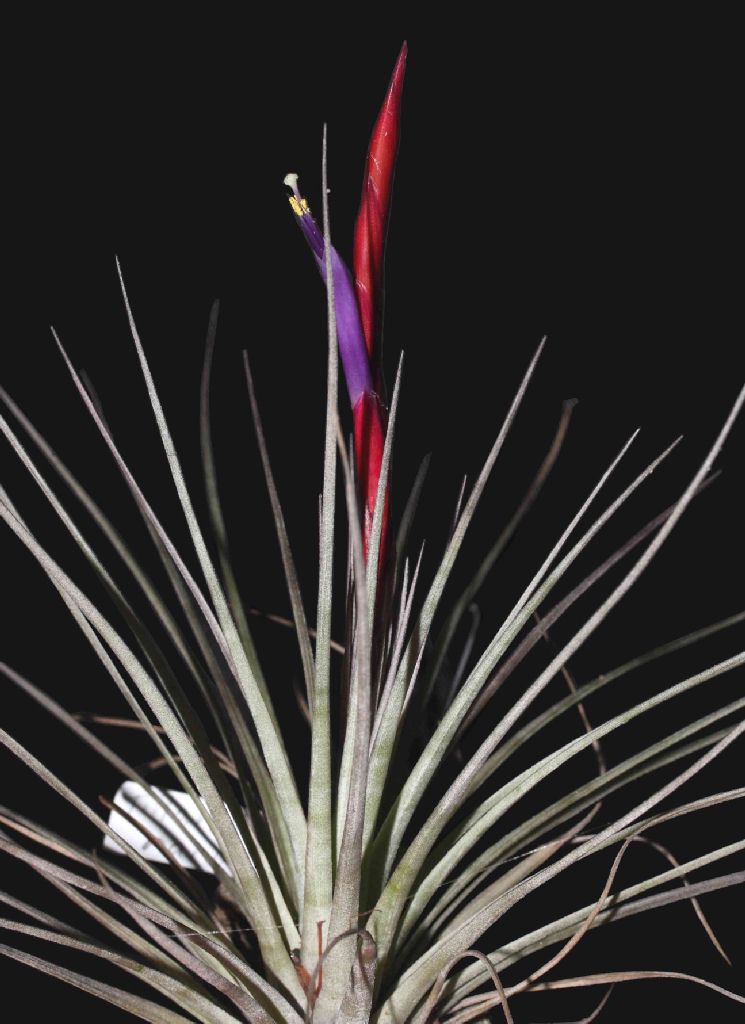
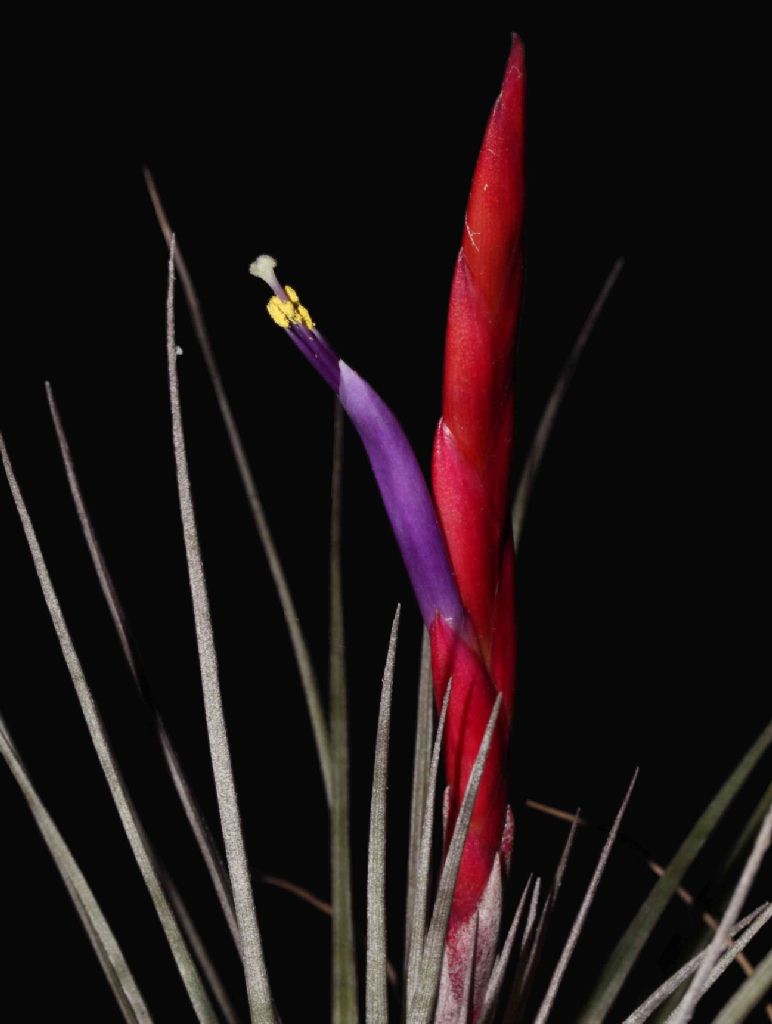
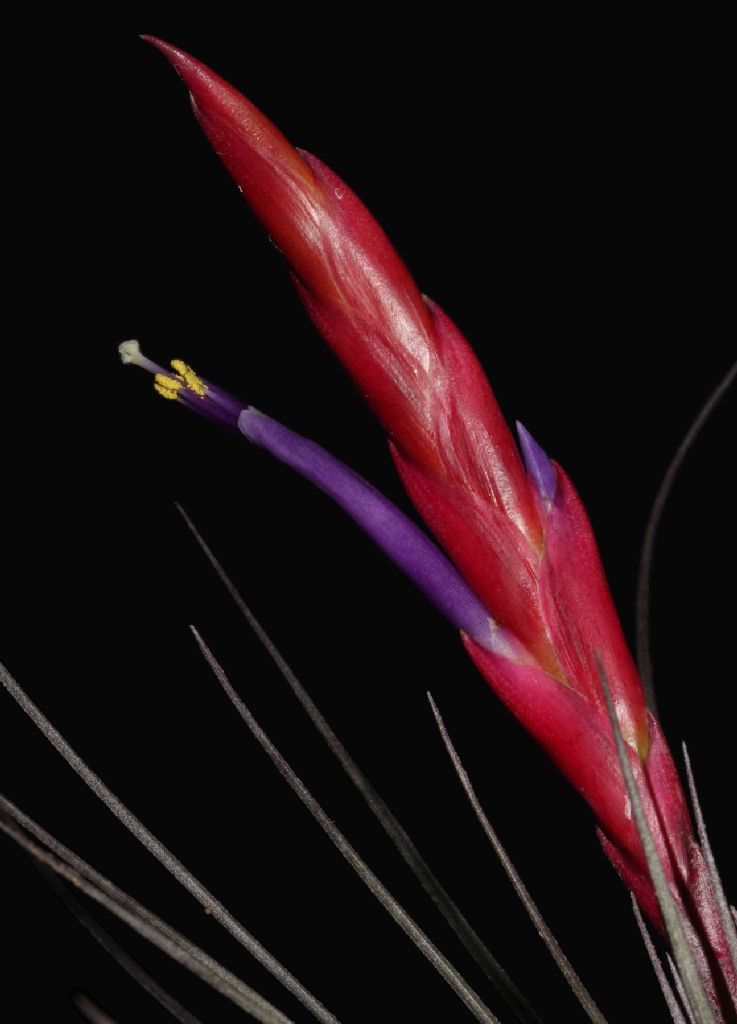
| Michael Mathieson 08/11/15 as T. rangelensis. |
Michael Mathieson 08/11/15
This plant, about 15-20 cm diameter, has just flowered here in SE Qld, tagged T. rangelensis.
Derek Butcher 9/11/15
It would be great to have another photo of this species in flower. Your plant does not tally with what I have on file - see rangelensis image and description below.
Peter Tristram 9/11/15
This plant is probably one I got from Selby in 1988 as a small form of fasciculata from either Jamaica or Dom Rep. I forget. Later Harry Luter id'd it as rangelensis then trelawniensis. It is really quite small (maybe 30cm all up in bloom) and will flower with a single spike from a smallish plant.
Derek Butcher 9/11/15
trelawniensis_a(Jamaica) trelawniensis_b(photo Peter Tristram)
Now we are getting somewhere. With plants found in the Antilles each island seems to produce something different and a challenge. The DVD shows that the Germans think of it as T. aff trelawniensis. Shown below is what the Jamaican plant looks like and although not living gives an idea.
My comment to Peter Tristram's 14/05/14 picture on Brom-L remains "My view is that the photo is of T. trelawniensis as surmised by Peter Tristram. I think Harry was initially wrong, especially if you check it against the description. Differential for T. rangelensis is with T. moscosoi !. Also Brian Sidoti and Kenneth Cameron at Monocots Conference 2013 treat T. trelawniensis as in the T. fasciculata complex but ignore T. rangelensis.
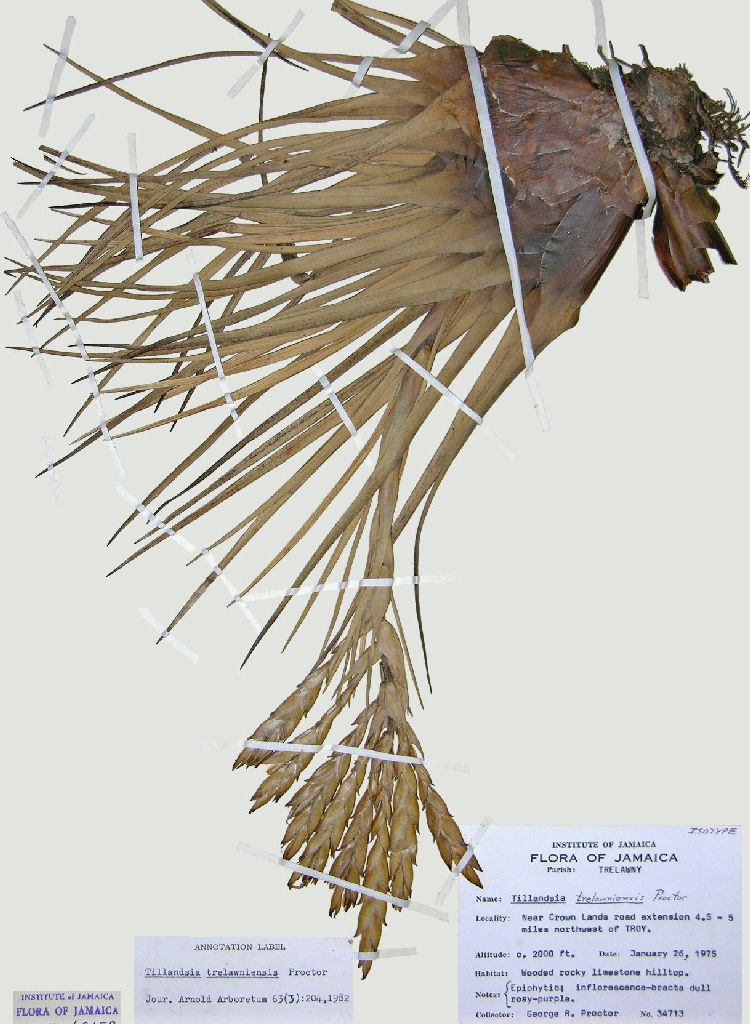
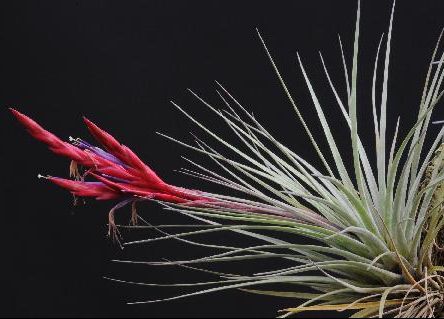
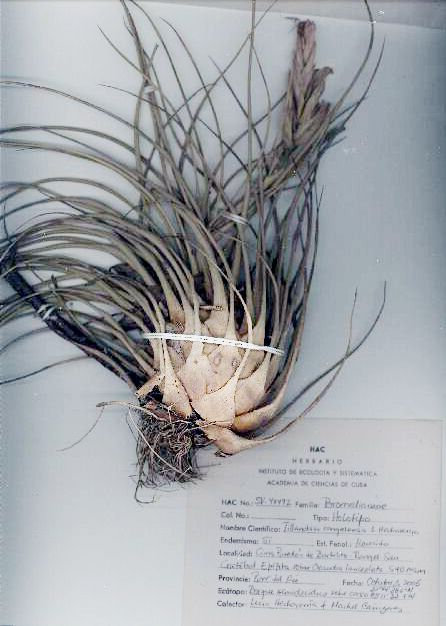
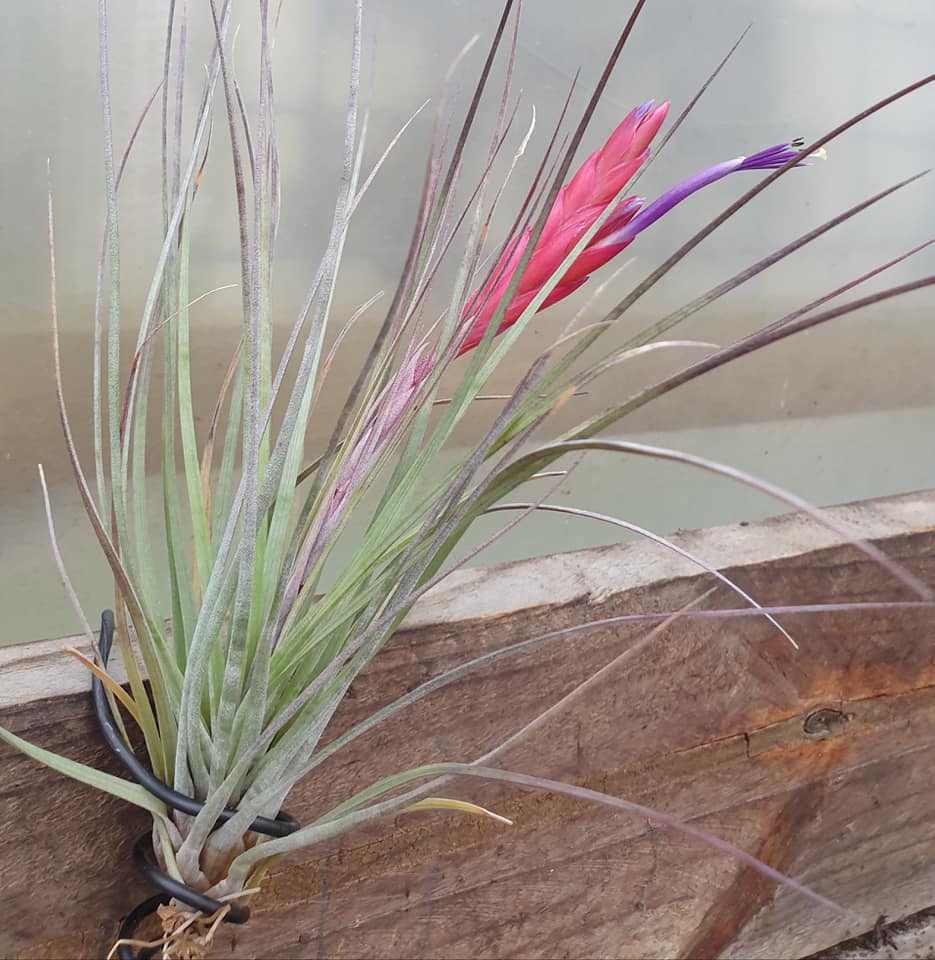
| trelawniensis (Jamaica) specimen. |
trelawniensis, Peter Tristram 05/14. |
rangelensis holotype HAC |
Chris Larson 10/20 as rangelensis |
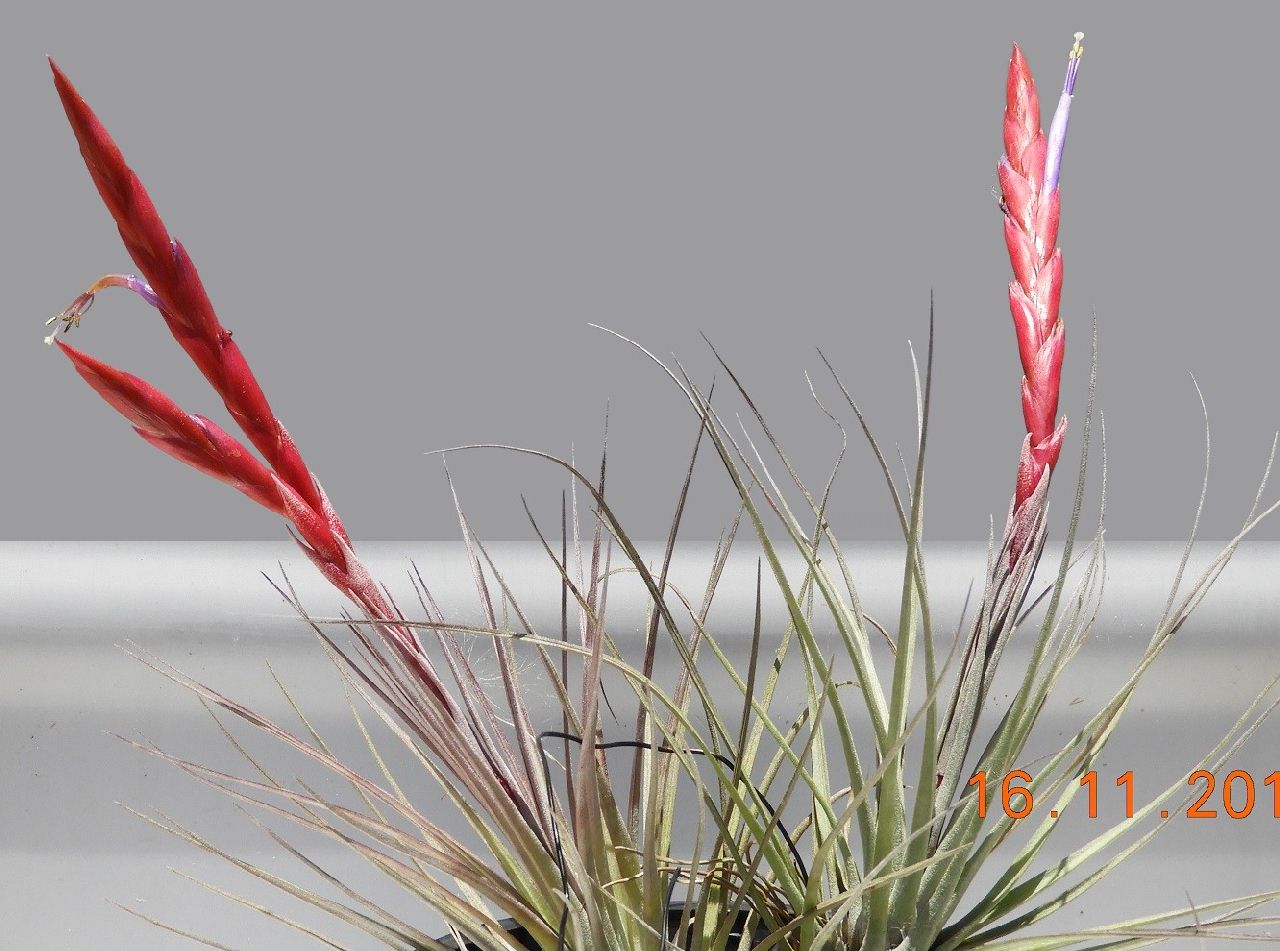
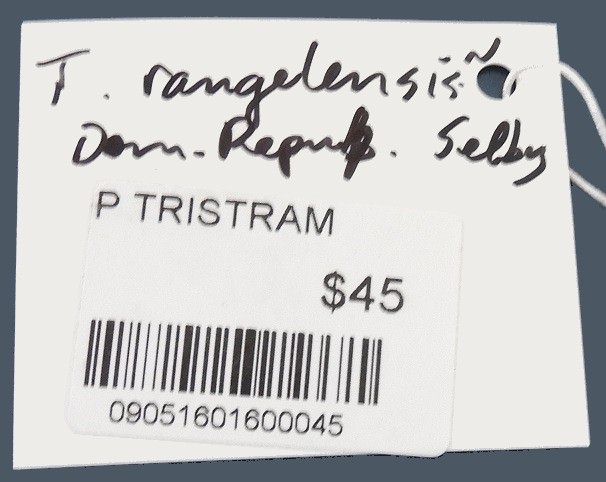
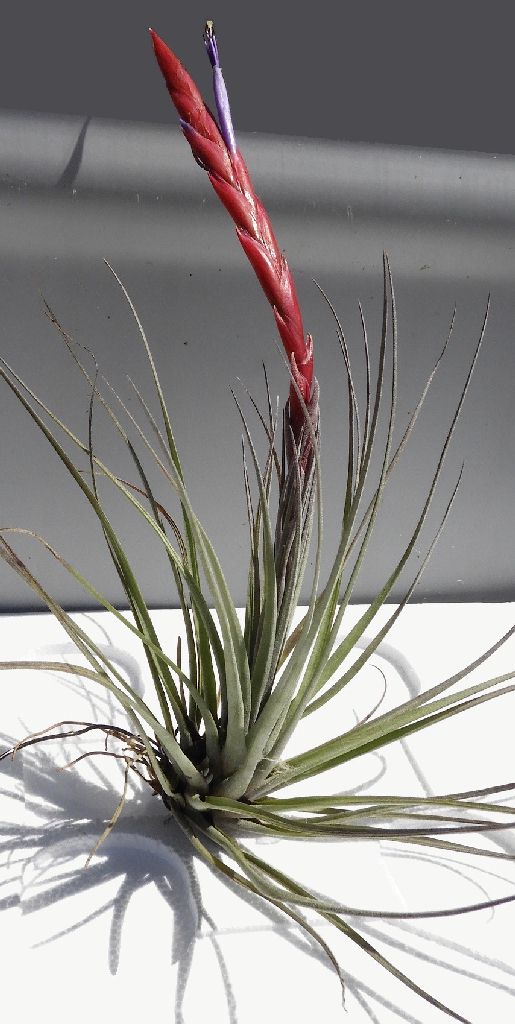
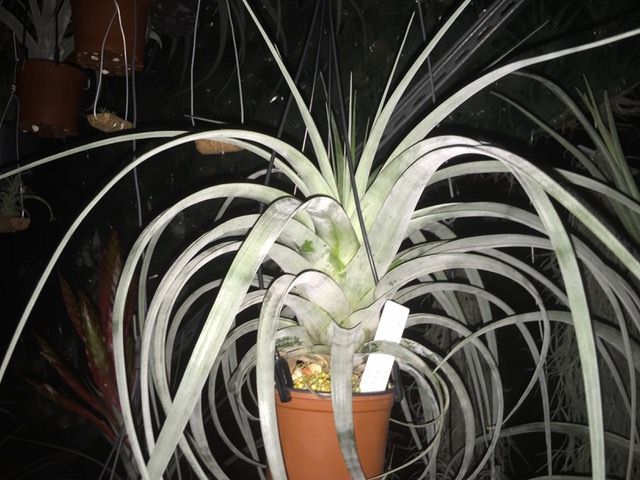
| Greg Jones 11/18. "rangelensis" on right, fasciculata mini NR85 on left. |
Greg Jones 11/18 label |
Greg Jones 11/18. as rangelensis |
Bruce Dunstan 07/20 - BG Hybrid |
Greg Juones ... "rangelensis" on right showing a close comparison to T. fasciculata mini NR85 on left, with label ex. P.Tristram."
Derek Butcher ... "We don't have a photo in the DVD of a live T. rangelensis. It is a recent discovery. Please tell us a bit more of its history and provide a photo on its own. I am also intrigued about the leaf sheaths."
Derek Butcher ... "I have added it to my records with a query. The description tells me it is endemic to Cuba and it does not quite match. Perhaps Peter Tristram can expand on the "Dom. rep." connection.
The Caribbean brings us interesting plants which are a devil to grow in Adelaide because of the climate. There are also several plants of the capitata clan from Cuba that have yet to be properly defined."
Peter Tristram ... "Hi Greg. It has a long history of discussion. I’m away again so will check my files on return. Basically the original of mine, not sure of Nev’s, came from Selby in 1988 when I first visited Harry Luther at the gardens. The plant was ex Dom. Repub. from memory. Years later, discussion revolved around T. rangelensis and T. trelawinensis. Without the DVD I can’t check the types to remind me which one it is closest to. I hope the label is correct. One is like a fasciculata and the other more like a TV."
Greg Juones ... "Peter: I just checked the disc and both plants, yours and Nev's fasciculata 85, fits the aff trelawinensis."
Peter Tristram 29/07/20 ... "I am still growing trelawniensis and a little delight it is! I think Barry Genn has even produced hybrids using it!
Harry E Luther (HEL) gave me the original plant at Selby in 1988.It was labelled ‘T. fasciculata Dominican Republic’. I parted with some under this name. Some years later HEL sent me info suggesting the plant was T. rangelensis then later T. trelawniensis. It certainly wasn’t a good fit for any form of fasciculata! Once I bloomed it again I could eliminate the bulbous based rangelensis, from Cuba, which looks more like a TV.
trelawniensis is described from Jamaica as ‘massive’, though maybe that refers to the stacking leaves. I’m happy with the fit of the Selby plant with the description, limited as it is."
Bruce Dunstan 07/20 ... "This is a Barry Genn T. trelawniensis hybrid (see above) with perhaps xerographica ? involved."
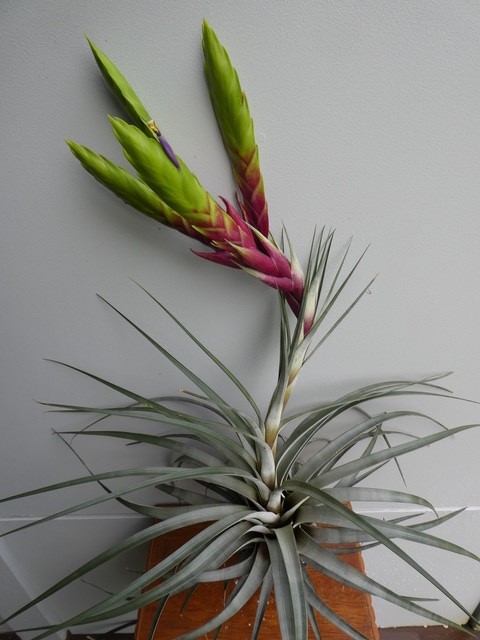
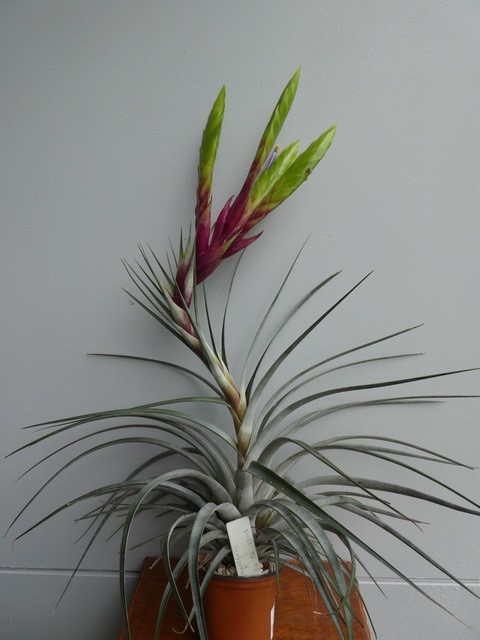
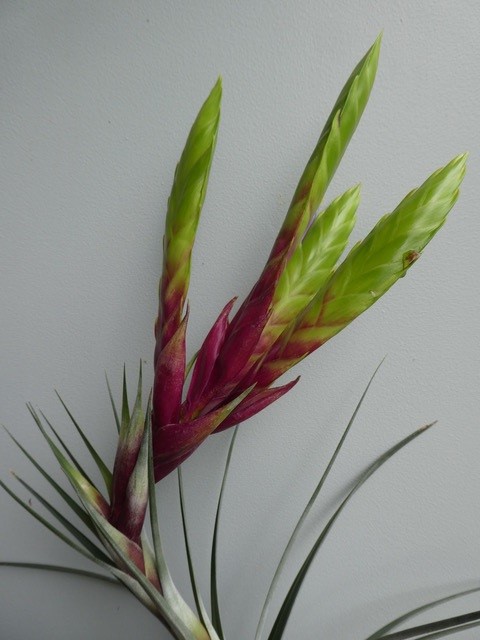
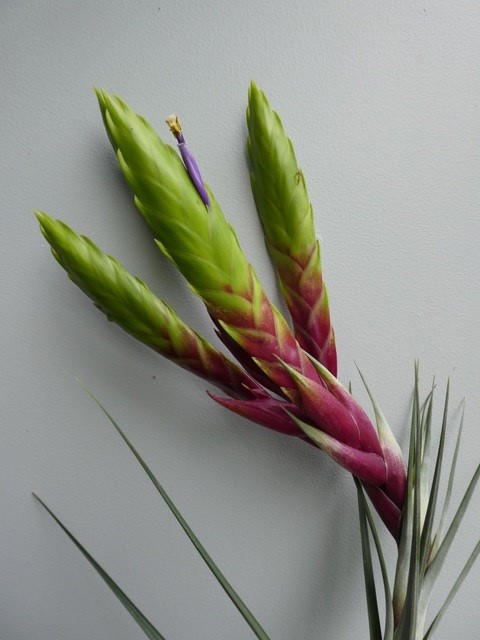
| Bruce Dunstan 04/21 trelawniensis x ?, Barry Genn Hybrid |
Tillandsia rangelensis L.Hechavarria, sp. nov. Selbyana vol. 29(2): 177-181. 2008
Type: Cuba-Pinar del Rio: San Cristobal, Paredon de Bartolito, Rangel, 22°44'38,6"N, 83°11'32,7"W, 540m, 3 act. 2005, L.Hechavarria, M.Canizares & B.Sidoti HAC-SV 44492. (Holotype: HAC; Isotype: HAC).
A T. moscosoi L.B.Sm. & J.Jimenez foliis coriaceis, scapo curvato et sepalis posticis carinatis, connatis usque ad 3/4 longitudinem calycis differt.
Plant epiphytic, growing in groups, 15-24 cm high when in bloom.
Leaves ashy green forming an infundibuliform rosette, coriaceous, completely covered with small and adpressed cinereous scales;
leaf sheaths elliptic, 4 x 3 cm, castaneous;
leaf blades triangular, canaliculate, the apex acuminate, 15-20 x 1 cm.
Scape curved, covered by the leaves, 15 cm long, 0.8 cm in diameter, covered with cinereous scales, light green;
scape bracts imbricate, narrowly triangular, long acuminate, 5- 7 cm long, longer than the internodes.
Inflorescence bipinnate, ellipsoid, 3-6 cm long, 2.5-3 cm in diameter, light red, covered with whitish scales;
primary bracts 2.5 x 1 cm, reduced to sheaths, apiculate, red;
spikes 4-6, erect, 2-6 cm long, 3-6 flowered, not stipitate;
floral bracts densely imbricate, triangular, strongly keeled, the apex mucronulate, 2 X 0.8 cm wide, coriaceous;
flowers 5 cm long, subsessile, corolla violet;
sepals light green, 2 cm long, equaling the floral bracts, narrowly triangular, the posterior ones strongly connate to about 3/4 of their length and keeled, the anterior membranaceous, free, not keeled;
petals spathulate, 4 cm long; base white, apex violet, scarcely opening at anthesis;
stamens 4.5 cm long, exceeding the petals, base violet, apex pale lilac; anthers linear, 0.4 cm long, dark yellow, versatile; stigma slightly exceeding the stamens, spirally twisted, creamy yellow;
ovary 0.5 cm long, whitish.
Etymology. Named in allusion to the type locality, Rangel, San Cristobal, Province Pinar del Rio, Cuba. Rangel is considered a classic recollection locality where the Brothers of La Salle had a country property where Bros. Leon and Alain, who wrote La Flora de Cuba (Leon 1946; Leon & Alain 1951; Alain 1953, 1957, 1964, 1969), collected a lot of plants.
Comments. The species flowers in the dry season, in November. It appears to be endemic to Rangel and inhabits a semideciduous forest on limestone hills with abundance of Oxandra lanceolata Baill. (Annonaceae), the phorophyte where T. rangelensis was growing. Other bromeliads found in the area were T. fasciculata var. uncispica Mez, T. fasciculata var. clavispica Mez, T. variabilis Schltdl., T. pruinosa Sw., Guzmania monostachia var. monostachia (L.) Rusby ex Mez, Hohenbergia penduliflora (A. Rich.) Mez and Aechmea nudicaulis (L.) Griseb.
Paratypes. Cuba-Pinar del Rio: Paredon de la Jutia, Rangel, Dic.1957, Hno. Alain 6217 (HAC); Pinar del Rio: En la cumbre del de la Jutia, Rangel, 550 m, Dic.1957, Hno. Alain 6544 (HAC); Pinar del Rio: Paredon de Bartolito, Rangel, 22°44'38,6"N, 83°11'32,7"W, 540 m, 23 April 2005, L.Hechavarria, M.Canizares & R.Alonso, HAC-SV 42494 (HAC).
Tillandsia trelawniensis Proctor J. Arnold Arbor. 63:204. 1982
Herba epiphytica sessilis a Tillandsia polystachia in foliis circa 55 (versus 17) omnis plantis; vaginis basalibus foliarum atrobrunneis (haud pallidis ferrugineis); laminis pallida lepidotis, squamis densis minutis peltatis marginibus elevatis; bracteis basibus ovatis; et bracteis floralibus hebetibus roseopurpureis, haud viridibus, differt.
Plant stemless, rather massive.
Leaves numerous (40 to 70, averaging 55), 20-32 cm long, straight to slightly recurved, forming dense, erect to subspreading rosette, very densely pale-lepidote throughout, peltate scales completely concealing epidermis;
Sheaths flat, broadly oblong or ovate-oblong, up to 4 cm broad, dark brown;
Blades narrowly triangular-attenuate, nearly filiform toward apex, 1-1.5 cm broad near base, more or less involute.
Inflorescence shorter than or exceeding leaves, 15-35 cm long;
Scape erect;
Scape bracts foliaceous, densely grayish lepidote, with loosely imbricate or slightly separated ovate sheaths, terminated by erect, attenuate-acuminate blades;
Primary bracts ovate-attenuate, much shorter than spikes;
Spikes 6 to 12, erect, short-stipitate, rather densely subdigitate at apex of scape, mostly 5-10 cm long, complanate, linear-oblanceolate, ca. 1 cm broad above middle;
Floral bracts dull rosy purple, red-marginate, coriaceous, erect, more or less imbricate, ovate, acute and mucronate, 15-20 mm long, glabrous, smooth or very faintly striate, subcarinate toward apex.
Flowers at anthesis and mature fruits not seen.
Trelawny: near Crown Lands road extension 4.5-5 miles NW of Troy, ca. 2000 ft, Proctor 34713, Jan. 26, 1975 (Holotype).
This species superficially resembles Tillandsia polystachia (L.) L. in the size, shape, and arrangement of the spikes. However, it differs markedly from that species in its much more massive growth: T. trelawniensis averages 55 leaves per plant, whereas T. polystachia averages 17, with a range of 12 to 24. Further, the basal sheaths of this new species are dark brown instead of "pale-ferruginous" as in T. polystachia, and the leaves are densely pale lepidote throughout, the minute peltate scales having raised margins (the punctate scales of T. polystachia are so minute that the leaf surface superficially appears smooth and glabrous).
Tillandsia trelawniensis also differs in the ovate bases of its scape bracts and primary bracts, and in the dull rosy purple (instead of green) color of the floral bracts.
Updated 09/04/21















